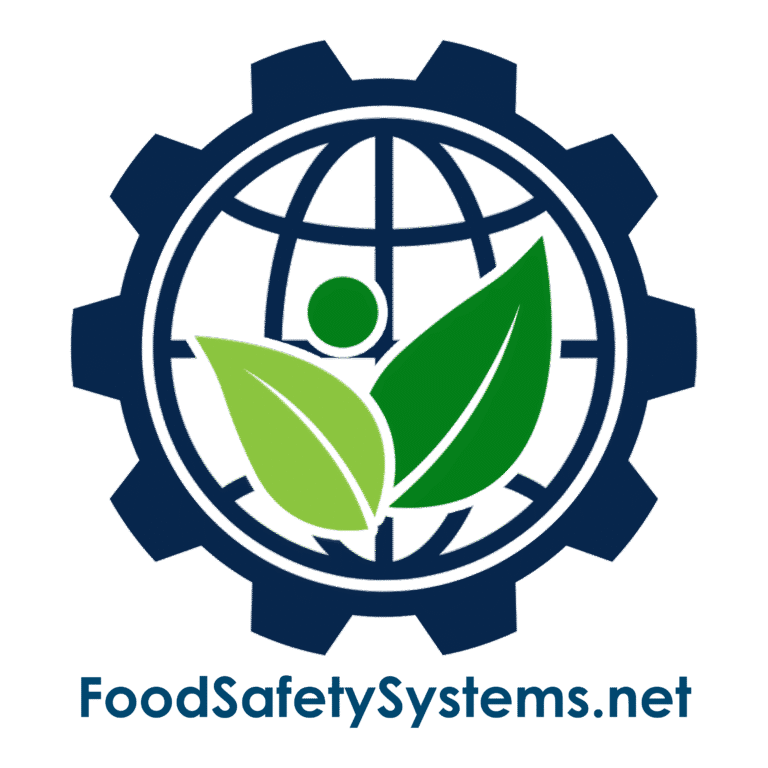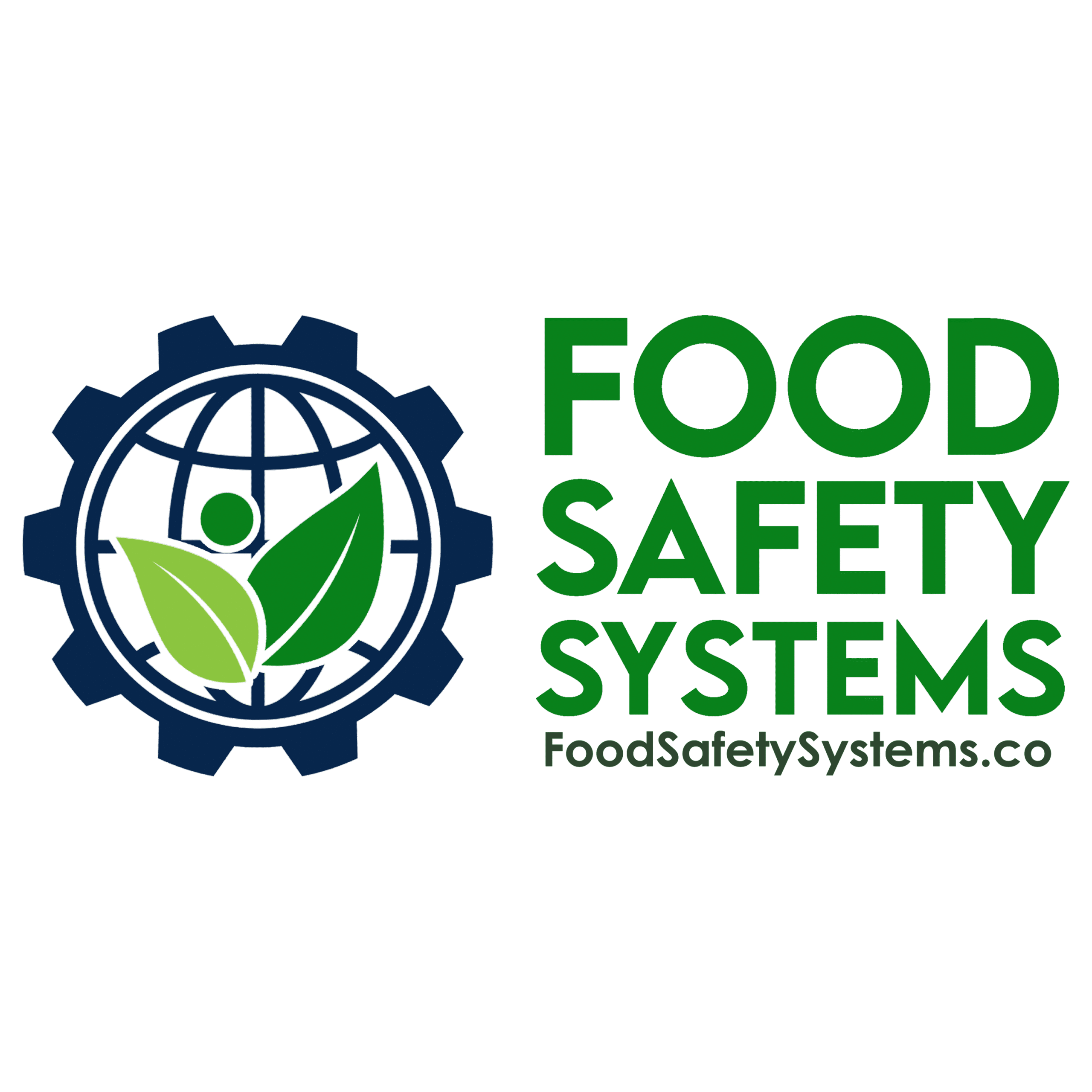Verification & Validation of the HACCP Plan

Aligned with HACCP Principles – Codex Alimentarius
Requirement Overview
Verification and validation are essential components of HACCP to confirm that the food safety plan is both scientifically sound and effectively implemented.
• Validation ensures that identified control measures are capable of controlling hazards.
• Verification ensures that the HACCP system is applied correctly and continues to operate effectively on an ongoing basis.
Both steps provide assurance that the food safety plan is robust, protects consumers, and meets regulatory and certification expectations.
Aligned with BRCGS for Storage & Distribution Issue 4 – Clause 4.3.1 & 4.3.3
Requirement Overview
BRCGS for Storage & Distribution requires that products moved via cross-docking are traceable and controlled at all times, even when they are not held in storage for extended periods.
Clause 4.3.1: “The company shall ensure that traceability is maintained at all stages, including during cross-docking operations.”
Clause 4.3.3: “Procedures shall be in place to ensure that all products handled, including those not stored on-site, remain under control and are not subject to contamination or substitution.”
Cross-docking operations must not compromise product traceability, safety, or integrity. Even with minimal handling and temporary presence, each product must be accurately identified, documented, and protected.

Key Compliance Objectives
-
✓ Validate control measures to demonstrate they are effective in preventing or reducing hazards
✓ Verify that HACCP procedures are implemented consistently and correctly
✓ Maintain records of validation studies, verification checks, and corrective actions
✓ Regularly review and update the HACCP plan to ensure it reflects current operations and risks
Step-by-Step Compliance Implementation
1. Validate the HACCP Plan
-
When to Validate:
-
• During initial plan development
• After significant product, process, or equipment changes
• Following system failures, incidents, or recalls
Validation Activities May Include:
-
• Scientific literature or industry guidance supporting CCPs
• Internal testing or challenge studies
• Review of process capability and equipment performance
Evidence to Maintain:
-
• Validation data, scientific references, or expert opinion
• Internal or external test results
• Signed validation reports
- • During initial plan development • After significant product, process, or equipment changes • Following system failures, incidents, or recalls
- • Scientific literature or industry guidance supporting CCPs • Internal testing or challenge studies • Review of process capability and equipment performance
- • Validation data, scientific references, or expert opinion • Internal or external test results • Signed validation reports
2. Verify Ongoing Implementation
-
Verification Tasks:
-
• Routine review of CCP monitoring records
• Calibration of instruments used in monitoring
• Internal audits of HACCP records and practices
• Tracking and reviewing corrective actions
Frequency:
-
• Daily/weekly: record reviews, instrument checks
• Monthly/quarterly: internal audits
• Annually: comprehensive HACCP system review
Evidence to Maintain:
-
• Verification logs and checklists
• Calibration certificates
• Audit reports and follow-up records
• Corrective action verification documentation
- • Routine review of CCP monitoring records • Calibration of instruments used in monitoring • Internal audits of HACCP records and practices • Tracking and reviewing corrective actions
- • Daily/weekly: record reviews, instrument checks • Monthly/quarterly: internal audits • Annually: comprehensive HACCP system review
- • Verification logs and checklists • Calibration certificates • Audit reports and follow-up records • Corrective action verification documentation
3. Review and Update the HACCP Plan
-
Triggers for Review:
-
• Introduction of a new product, ingredient, or supplier
• Changes in process, formulation, or equipment
• Regulatory or scientific updates
• Audit findings or consumer feedback
Annual Review Should Include:
-
• Effectiveness of existing controls
• Analysis of non-conformances and trends
• Adequacy of staff training and competency
Evidence to Maintain:
-
• Updated HACCP plan with revision notes
• Revised hazard analysis and process flow diagram
• Training records and updated SOPs
- • Introduction of a new product, ingredient, or supplier • Changes in process, formulation, or equipment • Regulatory or scientific updates • Audit findings or consumer feedback
- • Effectiveness of existing controls • Analysis of non-conformances and trends • Adequacy of staff training and competency
- • Updated HACCP plan with revision notes • Revised hazard analysis and process flow diagram • Training records and updated SOPs
Common Audit Findings & Recommended Fixes
| Audit Finding | Recommended Action |
|---|---|
| No validation evidence for CCPs | Provide scientific or technical justification for control measures |
| Incomplete verification records | Maintain logs of reviews, calibrations, and internal audits |
| HACCP plan not reviewed annually | Conduct and document formal annual review with management sign-off |
| Corrective actions not verified | Ensure all CAPAs are reviewed, signed off, and supported with evidence |
Auditor Verification Checklist
Auditors typically review:
-
• Validation studies and supporting documentation
• Monitoring records with signatures and checks
• Verification logs and internal audit schedules
• Corrective action records and closure evidence
• Annual review reports and updated HACCP documentation
Implementation Roadmap
Build and Validate
-
✓ Use scientific data and process capability to justify CCPs and critical limits
✓ Document validation of key process steps
Verify and Monitor
-
✓ Review CCP records and calibrate instruments
✓ Perform internal audits and track corrective actions
Review and Improve
-
✓ Conduct annual HACCP reviews
✓ Update the plan as processes or risks change
Why This Matters?
-
✓ Confirms the HACCP plan is not just documented but working in practice
✓ Reduces the risk of undetected hazards or ineffective controls
✓ Demonstrates compliance and audit readiness
✓ Builds trust among consumers, customers, and regulators
Support Tools Available
Food Safety Systems provides:
-
✓ HACCP validation and verification log templates
✓ Internal audit schedules and forms
✓ Scientific reference sheets for common CCPs
✓ Training guides for food safety and QA staff
Privacy Policy | Terms of Service
Powered by interlinkIQ.com, Developed by ITBlaster.net, Owned and Operated by Consultare Inc. Group, A Compliance Company. All Rights Reserved.







